How to Clean Number Plates for Maximum Lifespan
Why Cleaning Number Plates is Important
Whether you call them number plates, registration plates, or licence plates, keeping them clean is essential for legality, MOT compliance, and avoiding fines. Dirty or damaged plates can:
- Cause an MOT failure if characters aren’t fully legible.
- Trigger Automatic Number Plate Recognition (ANPR) errors.
- Lead to on-the-spot police fines for obscured plates.
Many drivers search terms like “Can you fail MOT for dirty number plates?” or “Best way to clean licence plates?” — and the answer always comes back to regular, careful cleaning.
The Best Way to Clean Number Plates
Step 1: Rinse Away Loose Dirt
Use clean water to remove dust, grit, and road salt before touching the surface — this prevents scratches.
Step 2: Use the Right Cleaning Solution
For standard acrylic plates, use mild car shampoo and warm water. For 3D gel or 4D plates, use a pH-neutral cleaner to protect raised lettering and adhesives.
Step 3: Gentle Wiping Technique
Always clean using a soft microfiber cloth. Wipe from top to bottom to avoid streaks. Never use abrasive pads or strong solvents.
Step 4: Rinse and Dry
Thoroughly rinse with fresh water, then dry with a microfiber towel to avoid water spots.
Extra Care for Special Plate Types
- 3D Gel Plates: Avoid hot water or high-pressure jets, which can weaken adhesive.
- 4D Laser-Cut Plates: Clean carefully around raised characters to avoid lifting edges.
- Show Plates (off-road use only): Keep clean for display, but remember they are not road legal and will fail an MOT if fitted on the road.
Common Mistakes That Damage Number Plates
- Using brillo pads or kitchen scourers — these scratch the reflective coating.
- Spraying pressure washers too close — this can crack the acrylic or lift letters on 3D/4D plates.
- Applying harsh chemicals like tar remover directly — this can cause fading.
Preventing Fading and Wear
Protect Against UV Damage
Sunlight can cause yellowing over time. Parking in shade or using a car cover reduces fading.
Apply a Light Protective Wax
A thin layer of car wax repels dirt and road film, keeping plates cleaner for longer.
Check Fixings Regularly
Loose screws or adhesive pads can cause vibration damage. Plates must be firmly attached to pass MOT.
When to Replace Your Number Plates
You should replace your plates if:
- They are cracked, chipped, or bent
- The characters are faded or peeling
- The BS AU 145e mark or supplier details are missing
- They’ve been damaged by chemicals or cleaning errors
If replacing plates, ensure they come from a DVLA-registered supplier and meet legal requirements for font, spacing, and markings.
Final Thoughts
Keeping your number plates clean isn’t just about looking good — it’s about staying legal. Whether you have standard acrylic plates, 3D gel, or 4D designs, regular gentle cleaning will keep them MOT-ready and visible to ANPR cameras. And if they’re beyond repair, order DVLA-compliant replacements from us for guaranteed legality and quality.

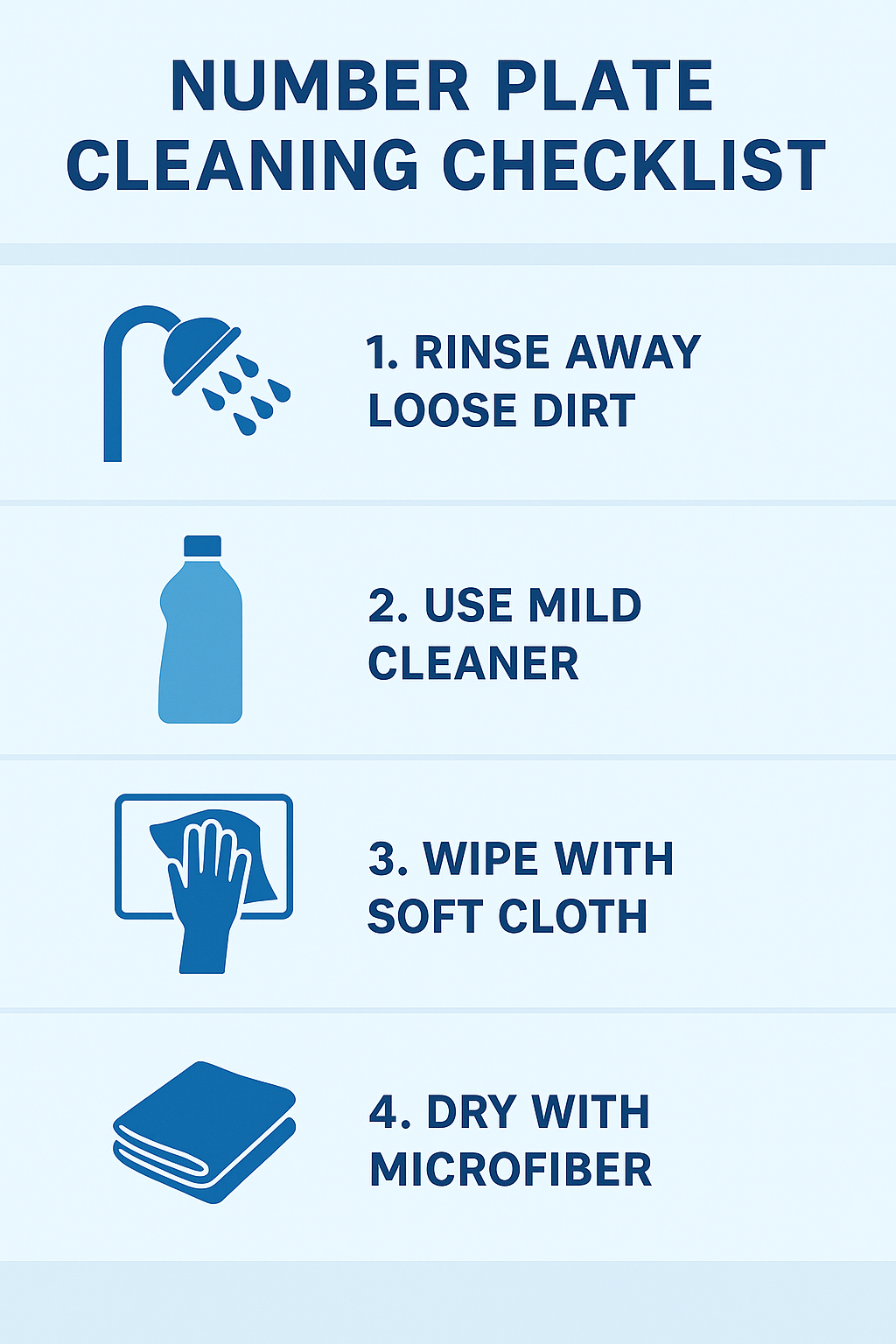

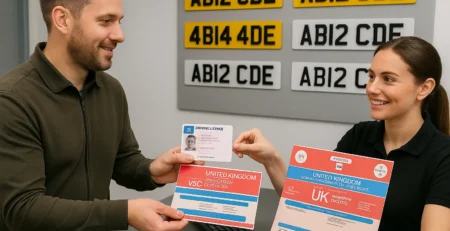
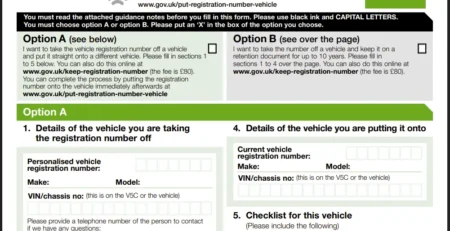
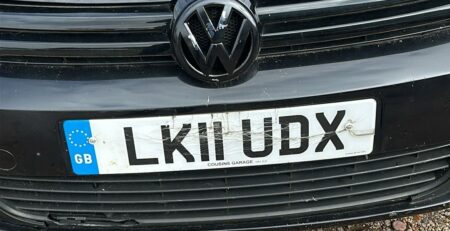
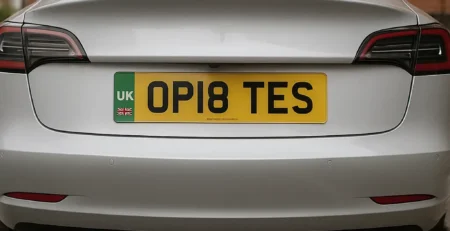
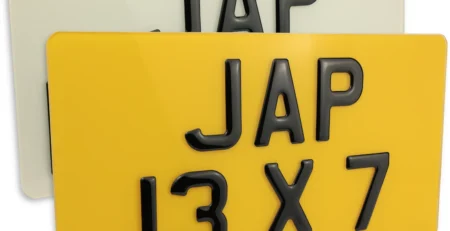
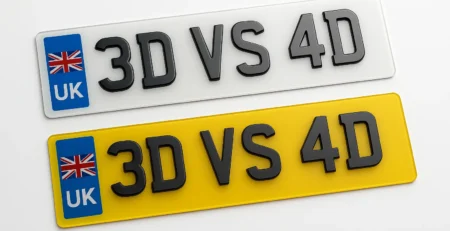
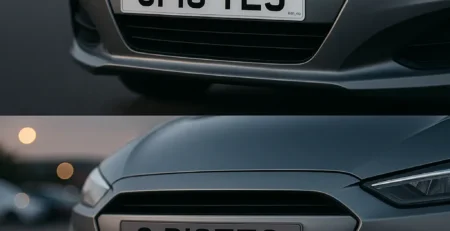
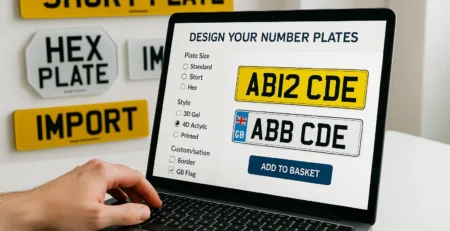
Leave a Reply